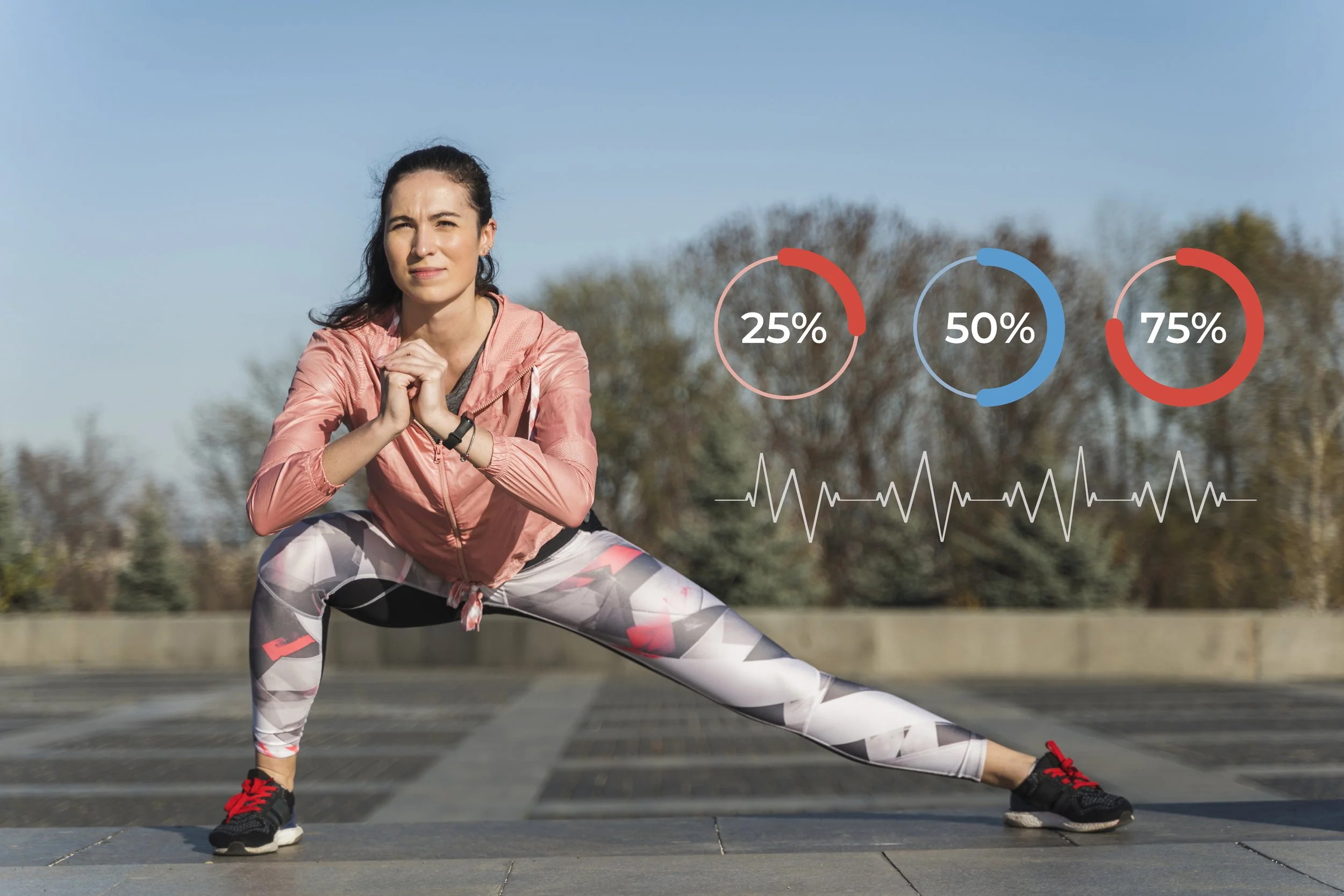The Science of Movement: How ARC Uses Technology to Improve Recovery Outcomes
Redefining Rehabilitation Through Data and Precision
Recovery from musculoskeletal injury depends on timing, consistency, and feedback. Active Recovery Clinics (ARC) uses motion-sensor technology to deliver a data-based rehabilitation model that enhances engagement, accuracy, and measurable recovery outcomes. This clinical technology transforms traditional exercise prescription into a precise and trackable process that supports Return to Work (RTW) and sustainable recovery.
What Motion-Sensor Tracking Is
Motion-sensor tracking uses wearable sensors to record how a participant moves during rehabilitation. The sensors capture joint angles, movement speed, and range of motion in real time. These measurements are uploaded to a secure clinical platform where physiotherapists and exercise physiologists review progress, detect compensations, and adjust treatment based on performance data.
Within ARC, this digital technology is used across the entire treatment pathway from assessment to discharge. Clinicians can confirm if prescribed exercises are completed correctly and safely. This allows for data-driven decision-making that improves treatment quality and ensures progress is objectively measured.
Impact on Adherence
Adherence is one of the strongest predictors of successful recovery. Motion-sensor tracking boosts adherence by providing participants with instant visual feedback and measurable progress data. The ability to see improvement increases motivation and accountability while supporting continued engagement with prescribed exercises.
Clinicians can identify reduced activity early by reviewing data patterns. When engagement drops, the clinician can adjust the plan or provide additional support. This real-time feedback loop ensures participants remain active in their recovery journey and prevents treatment delays.
Precision and Personalisation
Motion-sensor data enables clinicians to identify subtle movement errors and functional limitations that may not be visible during in-person observation. This level of precision allows for more targeted adjustments to exercises, improving muscle activation, control, and coordination.
Each participant’s data builds an individual profile that shows baseline capacity, progress, and functional milestones. This enables personalised rehabilitation that matches each person’s goals and supports safe and timely return to work outcomes.
Measuring Outcomes with Objectivity
Motion-sensor technology brings measurable accountability to rehabilitation. It generates quantitative performance metrics such as range of motion, strength, and movement quality, tracked over time. These outcomes are presented in clinical reports for insurers, employers, and treating doctors, providing clear evidence of functional improvement.
Objective outcome tracking strengthens rehabilitation data integrity and allows continuous evaluation of program effectiveness. ARC clinicians use this data to refine protocols, ensuring consistency and measurable improvement across cases.
The Future of Digital Rehabilitation
The integration of digital health technology within ARC represents a shift toward measurable, transparent recovery. Motion-sensor tracking enhances engagement, precision, and accountability across every stage of rehabilitation. Participants gain visibility into their own progress, clinicians access data to tailor treatment, and stakeholders see validated evidence of outcomes.
ARC demonstrates how technology-driven rehabilitation improves performance, accelerates recovery, and sets a new standard for evidence-based injury management across Australia.

